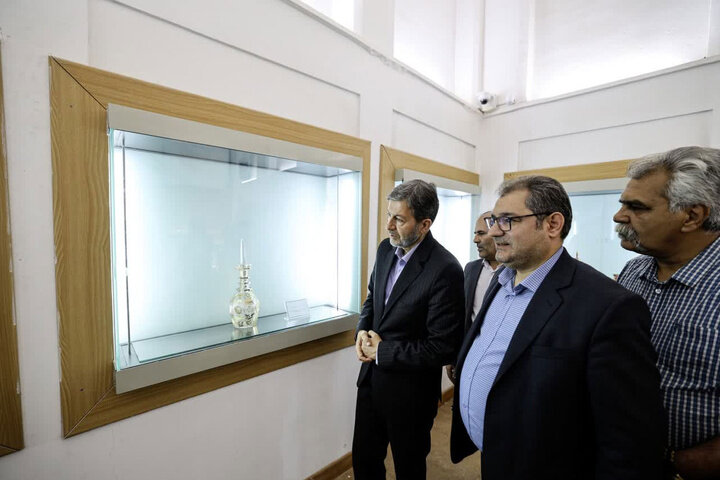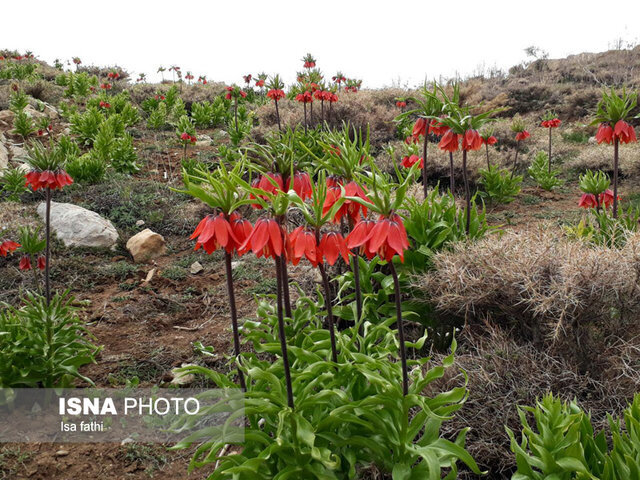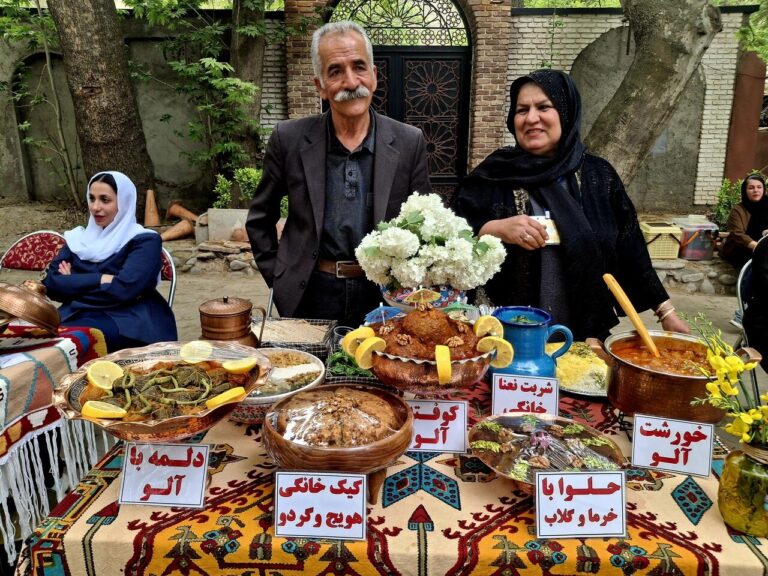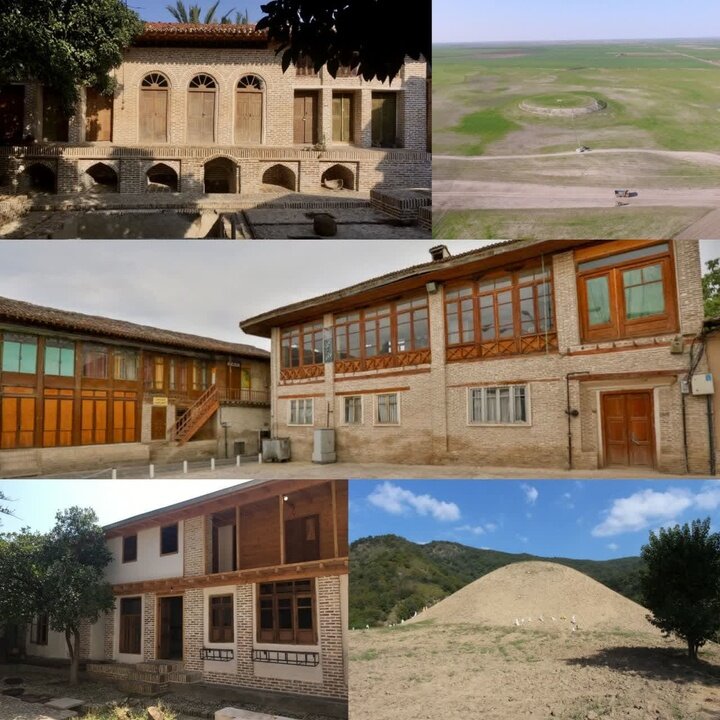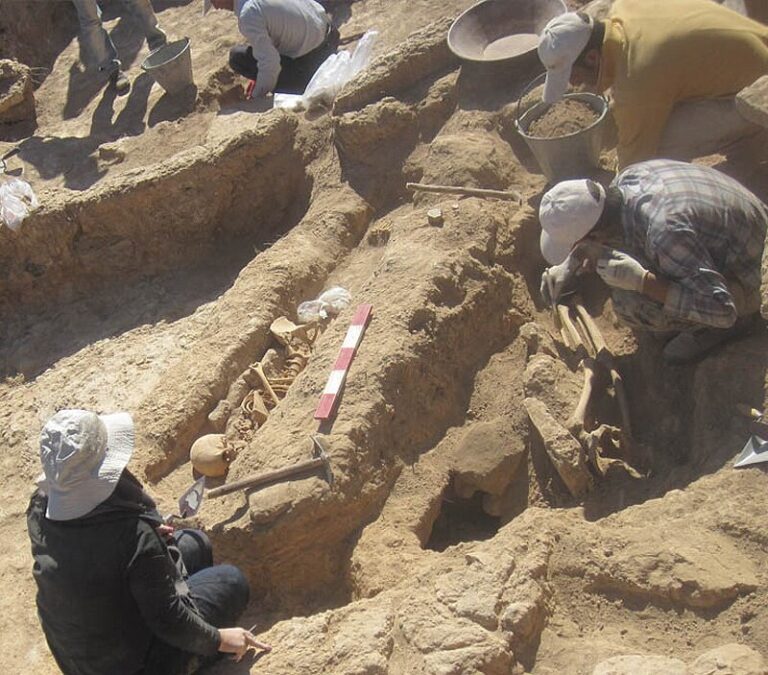Isfahan Unveils Stunning Specialized Enameling Exhibition: A Celebration of Art and Culture
On May 18, a captivating enameling exhibition titled “Fire and Pattern” was officially launched at the Museum of Decorative Arts in Isfahan. This event coincided with International Museum Day, celebrating the rich heritage of enamel art, a craft deeply rooted in Iranian culture. The exhibition, organized with the collaboration of the Isfahan Enamel Association, showcases the exceptional skills of 50 talented artisans through a collection of 100 carefully selected works.
According to Nourollah Abdollahi, the deputy director of Isfahan’s Cultural Heritage, Tourism, and Handicrafts Department, the ceremony drew attention from various dignitaries, including Isfahan Governor-General Mahdi Jamalinejad and provincial tourism chief Amir Karamzadeh, along with numerous local artists and cultural enthusiasts. The exhibition is open to the public for one month, providing visitors with a unique opportunity to appreciate the intricate art of enameling.
Enameling, an ancient craft, is believed to have its origins in Iran, later spreading to other parts of the world. Historical references, such as those made by French traveler Jean Chardin during the Safavid era, highlight the beauty of Isfahan’s enamel work, often depicted with vibrant patterns of birds and floral motifs in shades of blue, green, yellow, and red. While artifacts from the 10th century AH and the Safavid period have been discovered, experts suggest that the history of enameling in Iran may extend even further back, potentially linking it to the Arsacides and Sassanid periods.
Key Historical Insights:
- Enameling was significantly advanced during the reign of Ghazan Khan (694-703 AH), the seventh ruler of the Mongol Empire’s Ilkhanid division in Iran.
- Ghazan Khan’s interest in chemistry led to the refinement of enameling techniques.
- The art of enameling involves fusing powdered glass to metal surfaces through high-temperature firing.
Enameling is defined as the art of fusing glass to metal, creating a beautiful, durable surface. The process involves several steps, including:
- Creating a transparent enamel powder using silica and sodium carbonate.
- Adding oxidizing powders to color the metal.
- Firing the mixture at temperatures between 750 and 850 degrees Celsius to achieve a smooth vitreous coating.
In Iranian enameling, traditional designs reflect the artist’s preferences, with copper and silver being the most commonly used metals. The tools required for this intricate craft include furnaces, pliers, and brushes, highlighting the technical skill involved.
Enamel art is not limited to decorative pieces; it is often used to embellish vases, jewelry, candle holders, doors, and chandeliers in holy shrines. Isfahan stands as the foremost hub for enameling in Iran, where artisans produce exquisite pieces that are both artistically significant and economically accessible.
Prominent Enameling Masters:
One of the most celebrated enameling masters from Isfahan is Shokrollah Sanizadeh, who hails from a family with a rich artistic legacy. His remarkable work earned recognition when it was used for a commemorative stamp celebrating Iranian handicrafts in 2008-2009, and it is now preserved at the Museum of Traditional Arts and Handicrafts.
Among Sanizadeh’s talented students is Gholamhossein Feizollahi, known for his intricate designs. The city is home to many skilled artists who create stunning enamels, with a growing demand due to their artistic value and affordability. Visitors can find these artisans showcasing their creations along Chahar-Bagh Street and in the vicinity of Naqsh-e Jahan Square.
Isfahan, which served as the capital of Persia for 200 years during the 17th and 18th centuries, was a center of prosperity and cultural development. In addition to enameling, the city is renowned for its kilim weaving, woodwork, and metalwork, making it a treasure trove of Iranian handicrafts.
The “Fire and Pattern” exhibition not only celebrates the artistry of enamel but also highlights the cultural significance of this ancient craft in Iran. As visitors explore the intricate designs and techniques, they gain insights into the rich history and enduring legacy of enameling in Isfahan.
